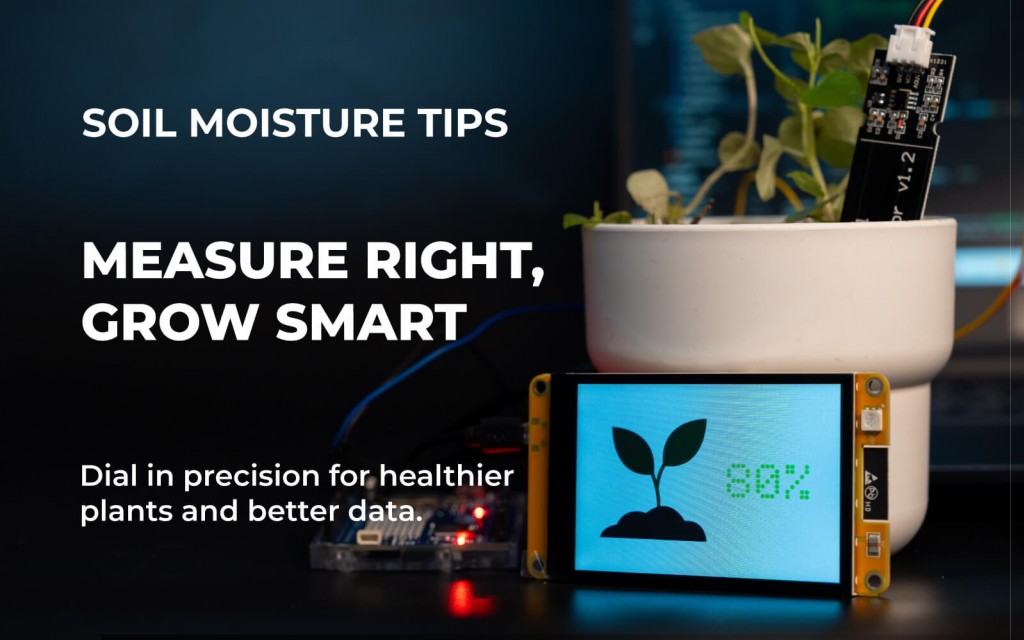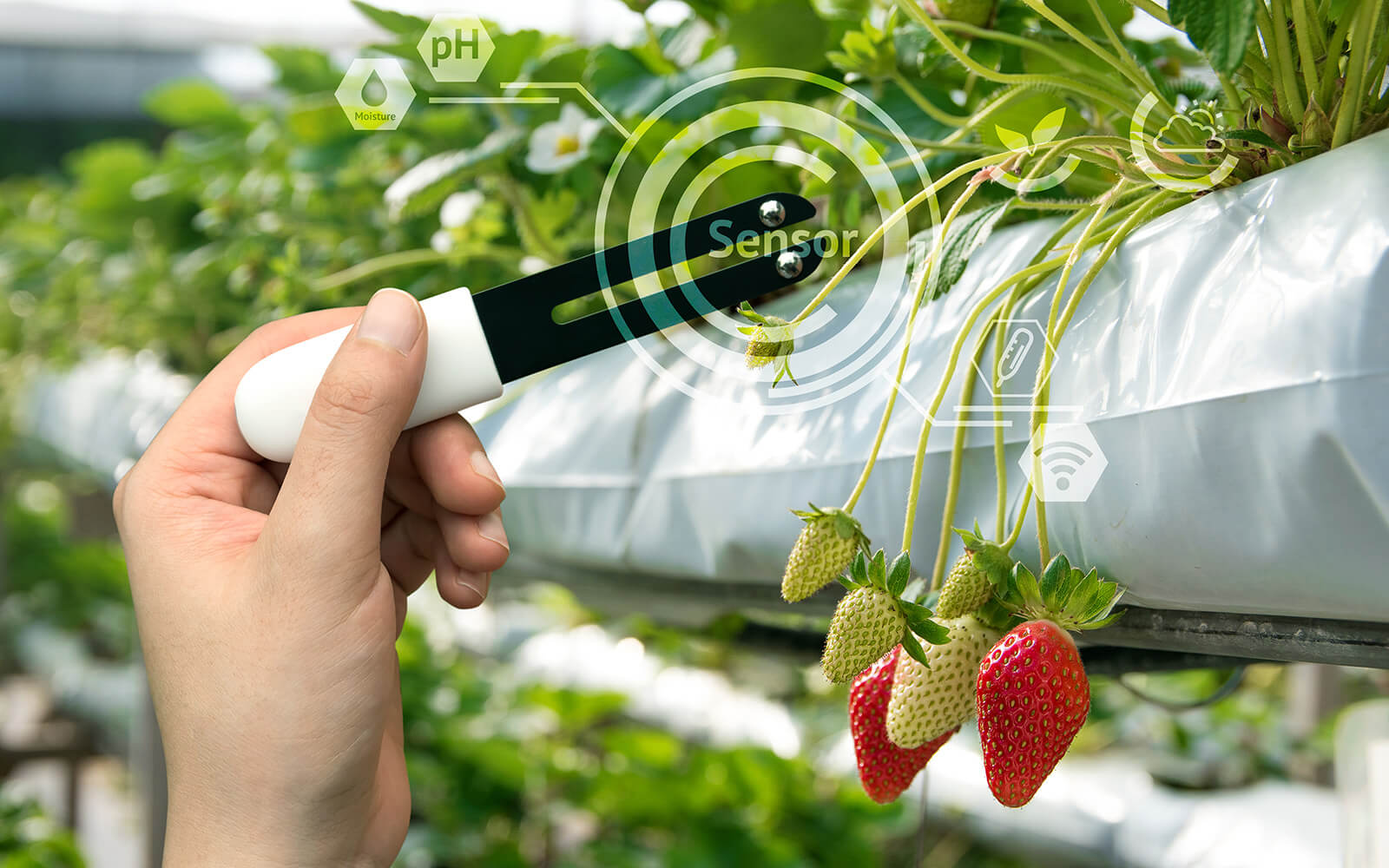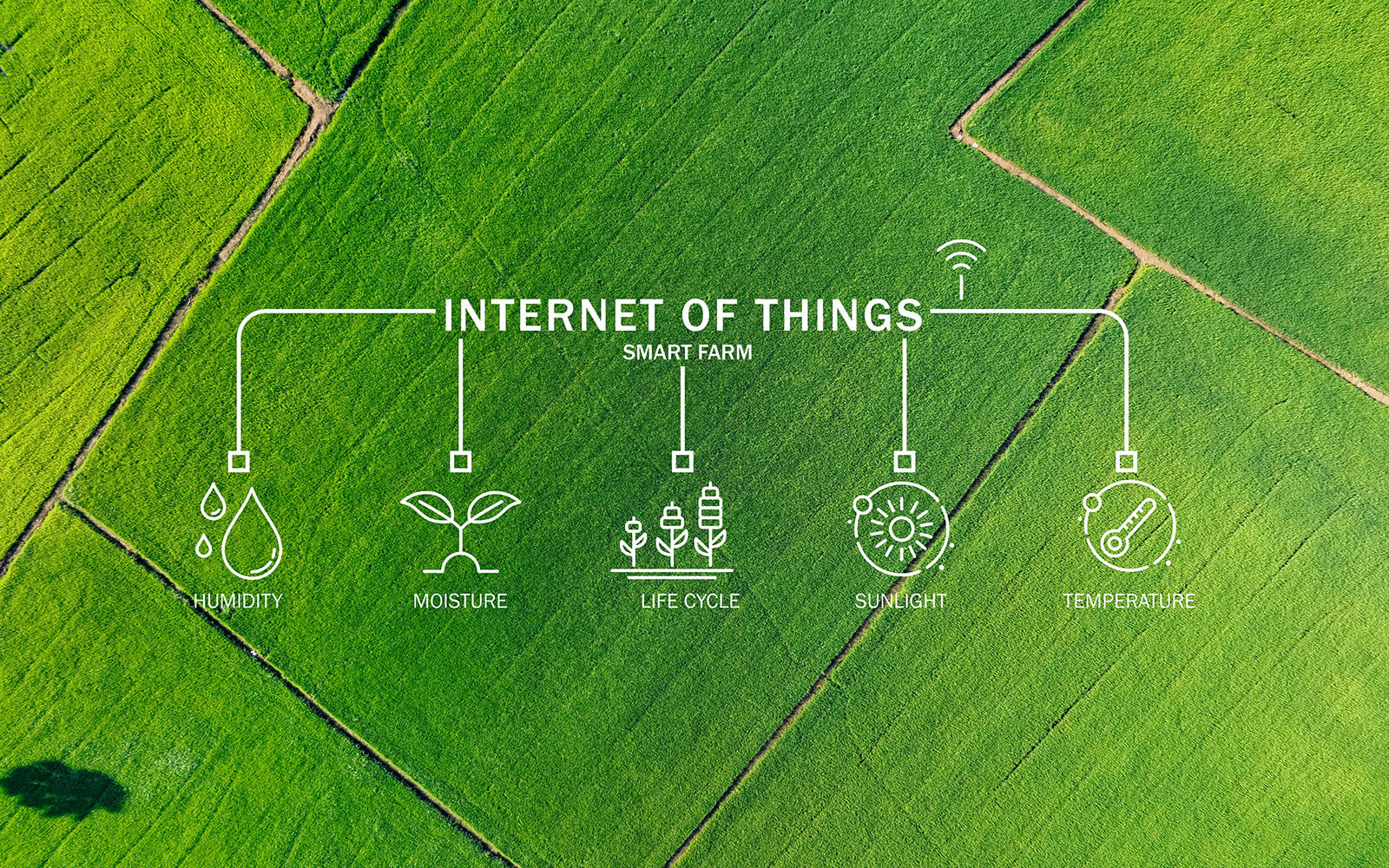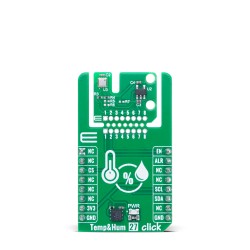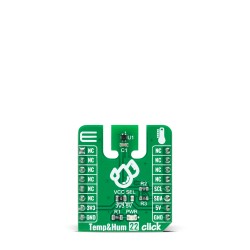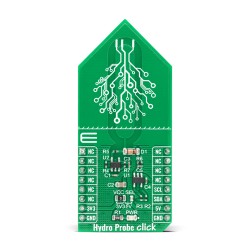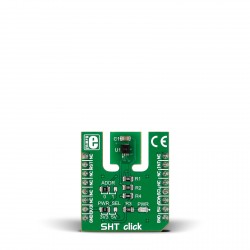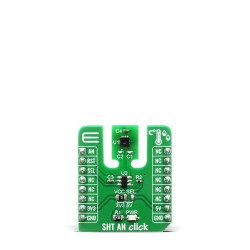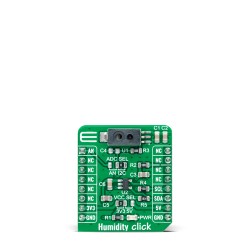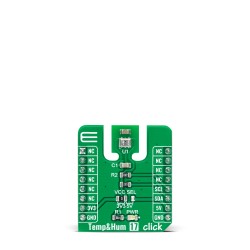Soil moisture measurement is vital for healthy plants and efficient water use. It helps gardeners and farmers avoid overwatering or underwatering.
Accurate data ensures plants get the right amount of water.
Using soil moisture probes and sensors can provide precise readings. These tools are essential for anyone serious about soil health.
Different sensors offer various benefits, from real-time data to remote monitoring. Choosing the right tool can make a big difference.
Proper installation and calibration are key for accurate results. This guide will help you understand and improve your soil moisture measurement techniques.
Why Accurate Soil Moisture Measurement Matters
Understanding soil moisture is crucial for plant health and water management. It helps prevent overusing water, saving money and resources.
Accurate soil moisture data also aids in predicting drought conditions. This is essential for planning and adjusting irrigation strategies effectively.
Benefits of accurate soil moisture measurement include:
- Enhanced plant growth and yield
- Reduced water waste and costs
- Improved soil health and fertility
By using reliable tools like soil moisture sensors, you gain insights into the soil's needs. This enables better decision-making for fertigation and pest control. Accurate measurements also support sustainable agricultural practices. They provide the foundation for efficient water management and conservation efforts.
Understanding Soil Moisture: Key Concepts
Soil moisture refers to the water held within the soil particles. This water is crucial for plants as it aids in nutrient absorption.
Several terms are essential when discussing soil moisture. These include soil moisture content and soil water potential. Each plays a unique role in understanding soil dynamics.
Key concepts to remember:
- Soil moisture content: The amount of water present in soil.
- Soil water potential: The energy status of water in soil, influencing water flow.
- Field capacity: Maximum soil moisture after excess water drains.
- Wilting point: Soil moisture level at which plants can’t extract water.
Understanding these terms helps maximize soil health and crop productivity. Proper knowledge facilitates informed decisions about irrigation and conservation.
Common Methods for Measuring Soil Moisture
Several techniques exist to measure soil moisture accurately. Each method offers unique benefits and is suited for different contexts. The choice depends on factors like cost, precision, and ease of use.
Key methods include:
- Gravimetric method
- Hand feel method
- Soil moisture probes and sensors
The gravimetric method is highly accurate but labor-intensive. It involves drying soil samples to measure water content. In contrast, the hand feel method is quick and inexpensive. It relies on tactile assessment of soil texture. Soil moisture probes and sensors provide electronic measurements. These devices offer precise, real-time data and are widely used.
Choosing the right method depends on specific needs and resources. Consider cost, effort, and precision when selecting a technique. Understanding the benefits of each method ensures effective soil moisture management.
Gravimetric Method
The gravimetric method is a traditional and precise technique. It involves collecting a soil sample, weighing it, and then drying it in an oven. After drying, you weigh the sample again to calculate moisture content.
Despite its accuracy, this method is time-consuming. It requires specialized equipment and is not ideal for on-the-go measurements. It's mostly used in research and controlled environments where precision is paramount.
Hand Feel Method
The hand feel method is simple yet effective. It involves taking a small amount of soil and assessing its moisture by texture. For example, moist soil forms a ball in your hand, while dry soil crumbles.
This method is quick and requires no instruments, making it practical for gardeners and farmers. However, it lacks the precision of other methods. It is best used for a rough estimate rather than detailed analysis.
Soil Moisture Probes and Sensors
Soil moisture probes and sensors provide accurate, real-time data. These devices come in various types and are reliable for precision agriculture.
Probes and sensors include:
- Capacitance sensors
- TDR sensors
- Gypsum blocks
Each sensor has unique features suited for different soil types and conditions. They measure moisture levels electronically, ensuring precision and reliability. These tools are ideal for professionals who require continuous monitoring of soil conditions.
Types of Soil Moisture Sensors and Probes
Understanding the types of soil moisture sensors and probes is crucial. These tools provide tailored solutions for different soil monitoring needs. Choosing the right sensor ensures effective moisture management and conservation.
Key types of sensors include:
- Capacitance sensors
- TDR sensors
- Gypsum blocks
Each sensor operates differently, catering to unique requirements. Capacitance sensors are valued for their affordability and ease of use. TDR sensors, on the other hand, offer high accuracy and are often used in research. Gypsum blocks are particularly useful in dry areas, measuring soil water potential effectively.
Selecting the appropriate sensor depends on your specific environmental conditions. Consider the soil type, desired data precision, and budget. By understanding these tools' advantages, you can make informed decisions that enhance soil moisture management.
Capacitance Sensors
Capacitance sensors measure the dielectric constant of the soil. This property changes with moisture levels, allowing for accurate readings. These sensors are popular for their cost-effectiveness and ease of deployment.
They are easy to install and provide continuous data, which helps in daily decision-making. However, it's crucial to calibrate them properly to ensure accuracy across different soil types.
TDR (Time Domain Reflectometry) Sensors
TDR sensors use advanced technology to measure moisture content. They send a pulse through the soil and gauge the travel time. This data is then used to assess moisture levels with high precision.
These sensors are more expensive but ideal for scientific research and detailed analysis. Their accuracy makes them valuable in environments where precise data is crucial.
Gypsum Blocks and Other Sensors
Gypsum blocks measure soil water potential, vital for understanding water availability in dry conditions. They're simple to use and offer reliable data under arid conditions.
Other sensors include neutron probes and tensiometers, each with specific advantages. Choosing the right sensor depends on the environmental context and the required level of measurement precision.
Tips for Accurate Soil Moisture Measurement
Accurate soil moisture measurement is vital for effective water management. Proper techniques ensure healthy plants and optimal water use. Here are some key tips to achieve precise measurements.
First, select the appropriate sensor for your soil type and conditions. Not all sensors perform well in all environments. Match the sensor to your specific needs for the best results.
Next, ensure sensors are placed correctly in the soil. Place them at the root depth to obtain relevant moisture data. This placement ensures accurate readings for plant health.
Calibrate your sensors regularly to maintain accuracy. Different soil types require different calibration settings. Check and adjust settings to suit your soil's characteristics.
Maintain sensors regularly to prevent faulty readings. Cleaning and inspecting sensors can prolong their lifespan and reliability. Regular maintenance reduces errors and ensures continuous data flow.
Be mindful of seasonal changes. Soil moisture levels fluctuate with weather patterns. Adjust measurements accordingly to account for these variations.
Here are additional tips to improve accuracy:
- Use multiple sensors in diverse field locations.
- Compare readings to spot discrepancies quickly.
Lastly, integrate soil moisture data with other environmental data. Combining this information provides a comprehensive view of soil health. Use software tools for effective data analysis and decision-making.
Installation and Calibration Best Practices
Proper installation is crucial for accurate soil moisture measurement. Follow guidelines to place sensors correctly in the ground. Secure placement avoids shifting that can lead to errors.
Placement depth is paramount. Position sensors at root zones for useful data. This ensures the moisture levels reflect actual plant access.
Calibration is equally important. Use manufacturer guidelines to calibrate your sensors. This ensures readings are consistent across soil types and conditions.
Regularly check and adjust calibration settings. Environmental factors can affect sensor accuracy. Re-calibration helps maintain the reliability of your measurements.
Consider these best practices:
- Test sensor accuracy against known standards.
- Record environmental conditions during calibration.
- Use consistent techniques for each calibration session.
By following these practices, your soil moisture data will be more reliable. Accurate data enables better water management and healthier crops.
Interpreting Soil Moisture Data for Better Decisions
Interpreting soil moisture data is key to making informed agricultural decisions. Analyze trends rather than relying on single measurements. This approach provides a comprehensive view of soil health over time.
Look for patterns in the data. Consistent low moisture readings may indicate insufficient watering. High readings suggest possible overwatering or drainage issues.
Consider the following points when interpreting data:
- Compare data with weather conditions.
- Monitor changes across different seasons.
- Adjust irrigation practices based on data insights.
Using soil moisture data effectively can enhance crop performance and conserve water. Tailoring actions based on this data optimizes plant health and resource management.
Integrating Soil Moisture Sensors with Irrigation Systems
Integrating soil moisture sensors with irrigation systems can transform water management. These systems automate watering based on real-time soil data, reducing manual intervention. This setup not only saves water but also boosts plant health by providing precise irrigation.
To effectively integrate sensors with irrigation systems, consider these steps:
- Choose compatible devices.
- Ensure accurate sensor placement.
- Regularly calibrate sensors and systems.
This integration supports sustainable farming practices by optimizing water usage and minimizing waste.
Maintenance and Troubleshooting of Soil Moisture Probes
Regular maintenance of soil moisture probes is essential for accuracy and longevity. Inconsistent readings often indicate a need for maintenance or repairs. Troubleshooting common issues can prevent data inaccuracies.
Key maintenance and troubleshooting tips include:
- Clean probes regularly to remove soil build-up.
- Check for physical damage.
- Verify connections and power supply.
By following these steps, you can ensure reliable and precise soil moisture measurement.
Maximizing the Benefits of Soil Moisture Measurement
Understanding and utilizing accurate soil moisture measurement can lead to improved plant health and better water management. It fosters smarter decisions for both small gardens and large agricultural endeavors.
Embracing technologies such as soil moisture sensors enhances environmental sustainability. By integrating these insights into daily practices, long-term benefits and resource conservation can be achieved.
Click Boards™ for Precision Soil Monitoring
Want reliable soil moisture readings? MIKROE Sensor Click boards™ offer calibrated, easy-to-integrate solutions like Hydro Probe Click™ - perfect for precision agriculture, smart irrigation, and environmental projects.
Real-World Soil Projects on EmbeddedWiki
See how to apply these tips using real hardware on EmbeddedWiki. Step-by-step guides show you how to build and deploy soil monitoring systems with Click boards™ - accuracy made simple.
ABOUT MIKROE
MIKROE is committed to changing the embedded electronics industry through the use of time-saving industry-standard hardware and software solutions. With unique concepts like Remote Access, One New Product/Day, Multi-Architectural IDE and most recently, the EmbeddedWiki™ platform with more than million ready-for-use projects, MIKROE combines its dev boards, compilers, smart displays, programmers/debuggers and 1850+ Click peripheral boards to dramatically cut development time. mikroBUS™; mikroSDK™; SiBRAIN™ and DISCON™ are open standards and mikroBUS only has been adopted by over 100 leading microcontroller companies and integrated on their development boards.
Your MIKROE











